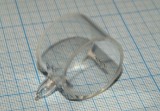Catalog

Ruknar
27 products
View:
Telephone number:
E-mail:
mail.ruknar@gmail.com
Website: http://ruknar.com
Address:
Russia, Nizhny Novgorod, 178, off. 206
Website: http://ruknar.com
Address:
Russia, Nizhny Novgorod, 178, off. 206
- Selected: 0Areas of use
- Selected: 0Item names
- Selected: 0Manufacturer
- Selected: 0Made in
- Selected: 0Additional
View:
27 products
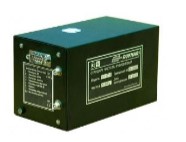
Rubidium frequency standard H1-1013
Its small dimensions, weight, power consumption, and operating time allow it to be widely used as an embedded source of high-stability signals in frequency measuring devices and complexes, telecommunications systems, navigation and communication systems.
Ruknar
Nizhny Novgorod
Produced in: Nizhny Novgorod
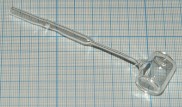

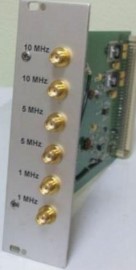
Amplifier module MUS-04
The module uses connectors of the SMA type. At the request of the customer, any combination of output signals is possible. When installing two amplifier modules in the above devices, the total number of output signals increases to twelve.
Ruknar
Nizhny Novgorod
Produced in: Nizhny Novgorod
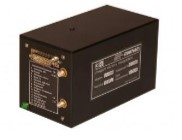
Rubidium frequency standard H1-1014
The built-in time scale shaper provides a pulse signal of 1 c at the output of the device.
Its small dimensions, weight, power consumption, and operating time allow it to be widely used as an embedded source of high-stability signals in frequency measuring devices and complexes, telecommunications systems, navigation and communication systems.
It includes a frequency binding module based on a pulse signal of 1 s from an external time scale or from a SRNS GLONASS/GPS receiver and a tunable frequency synthesizer with the ability to adjust the frequency via the RS-232 interface.
The built-in binding module allows the device to be used when operating in automatic correction mode as a source of a highly stable signal with a frequency error of ± 5 · 10-12 per day.
Ruknar
Nizhny Novgorod
Produced in: Nizhny Novgorod

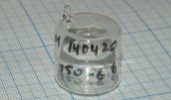
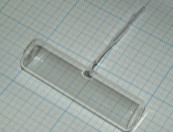
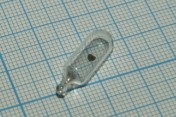

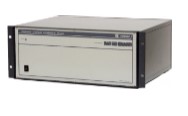
Rubidium reference generator RRS-002
The device is made in a 19-inch rack design with a 4U stand.
The rubidium reference generator RRS-002 provides up to 15 independent signal outputs with a frequency of 10 MHz (5 MHz). The device is designed for long-term uninterrupted operation both in round-the-clock continuous and in session mode. The high reliability of the generator is ensured by reserving the main generator blocks and, in case of malfunction of the active signal source, automatically switching to a backup one.
Ruknar
Nizhny Novgorod
Produced in: Nizhny Novgorod
